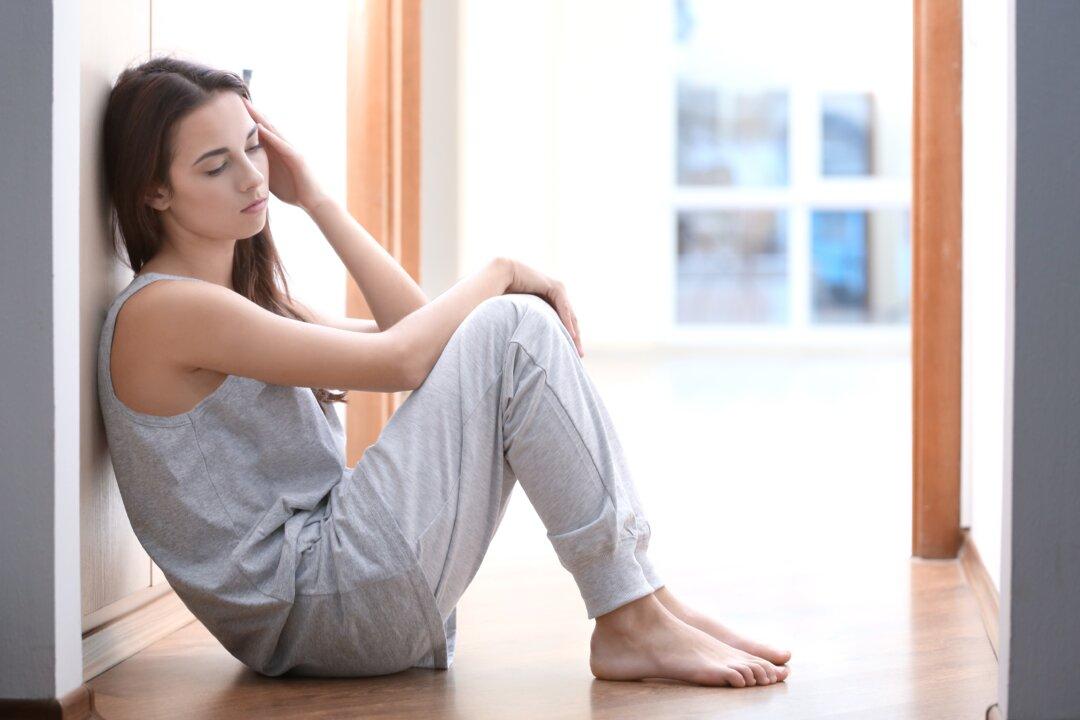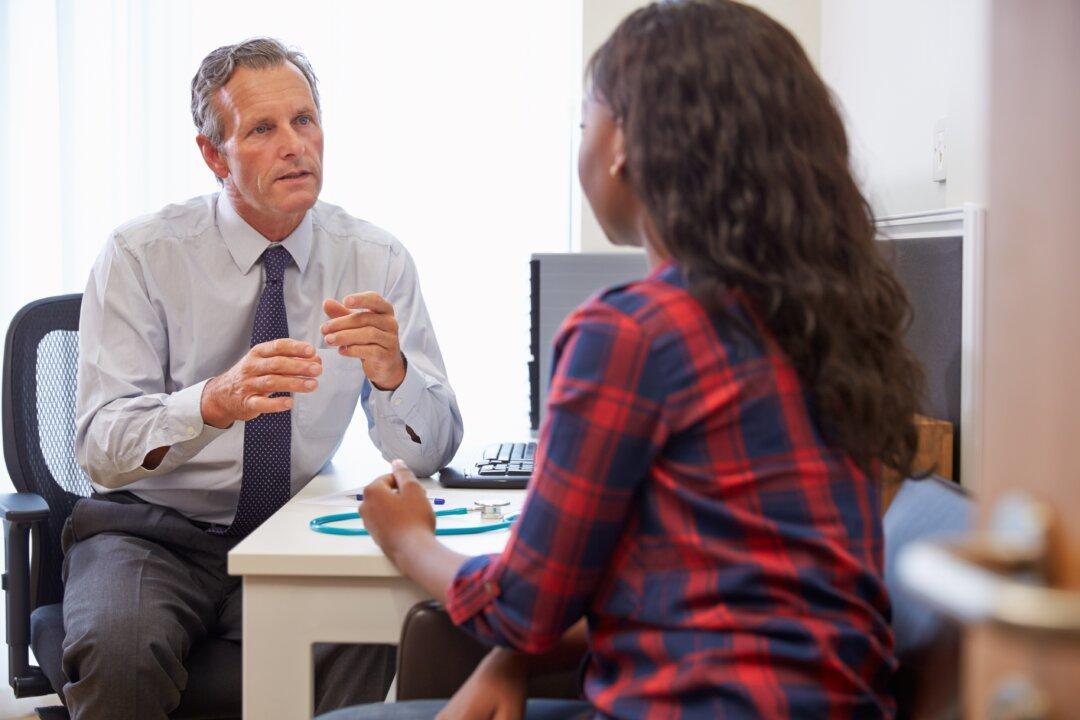Cancer is one of the most common diseases of our age, and yet those who face it rarely know what’s about to happen to them beyond the broadest terms. “Cancer up Close” is an open recount of Michele Goncalves’s cancer journey from pre-diagnosis to life after treatment.
I’ll never forget what the gastrointestinal doctor who found my rectal tumor told me moments after he said I had cancer. With a bit of hope and encouragement in his voice, he said: “You are young and healthy. You’ll get through it, good luck.” I didn’t understand fully why he said that at the time, but now having finished my cancer treatments, I get what he meant.





